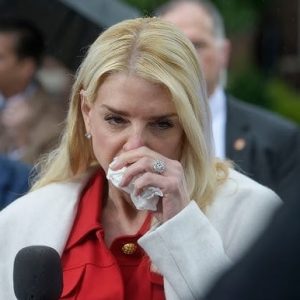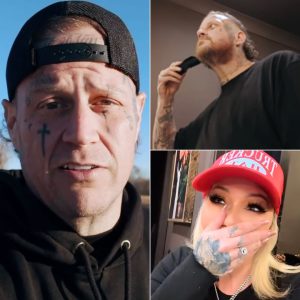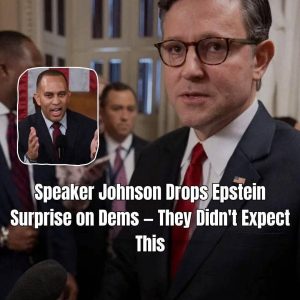For days, Americans watched rumors balloon across social media and political circles. Analysts hinted, insiders whispered, and supporters speculated endlessly. But on Sunday morning, the guessing finally ended. President Donald Trump confirmed what millions had been hoping—or fearing. He intends to give every American a $2,000 “tariff dividend,” a payment he claims will be funded entirely by the tariff revenue collected under his administration.
Trump delivered the message on Truth Social, once again promoting himself as the defender of the middle class, not the wealthy elite. He argued that Americans deserve a share of the tariff revenue he says has surged due to his aggressive trade policies. According to him, these tariffs are generating more than enough funds to provide meaningful financial relief directly to households. The announcement triggered immediate reaction nationwide: cheers from supporters, skepticism from critics, and confusion from everyone in between trying to understand what this new “requirement” for the $2,000 checks truly means.
The timing of this proposal raises even more questions. Only days earlier, the Supreme Court held hearings to determine whether Trump’s sweeping use of emergency powers to impose tariffs on nearly every foreign country was even constitutional. Justices openly questioned the limits of presidential authority and hinted that future rulings may dramatically restrict how tariffs are applied—or even force the government to refund money already collected. In other words, the very revenue Trump wants to use for these $2,000 payments may be on shaky legal ground.





